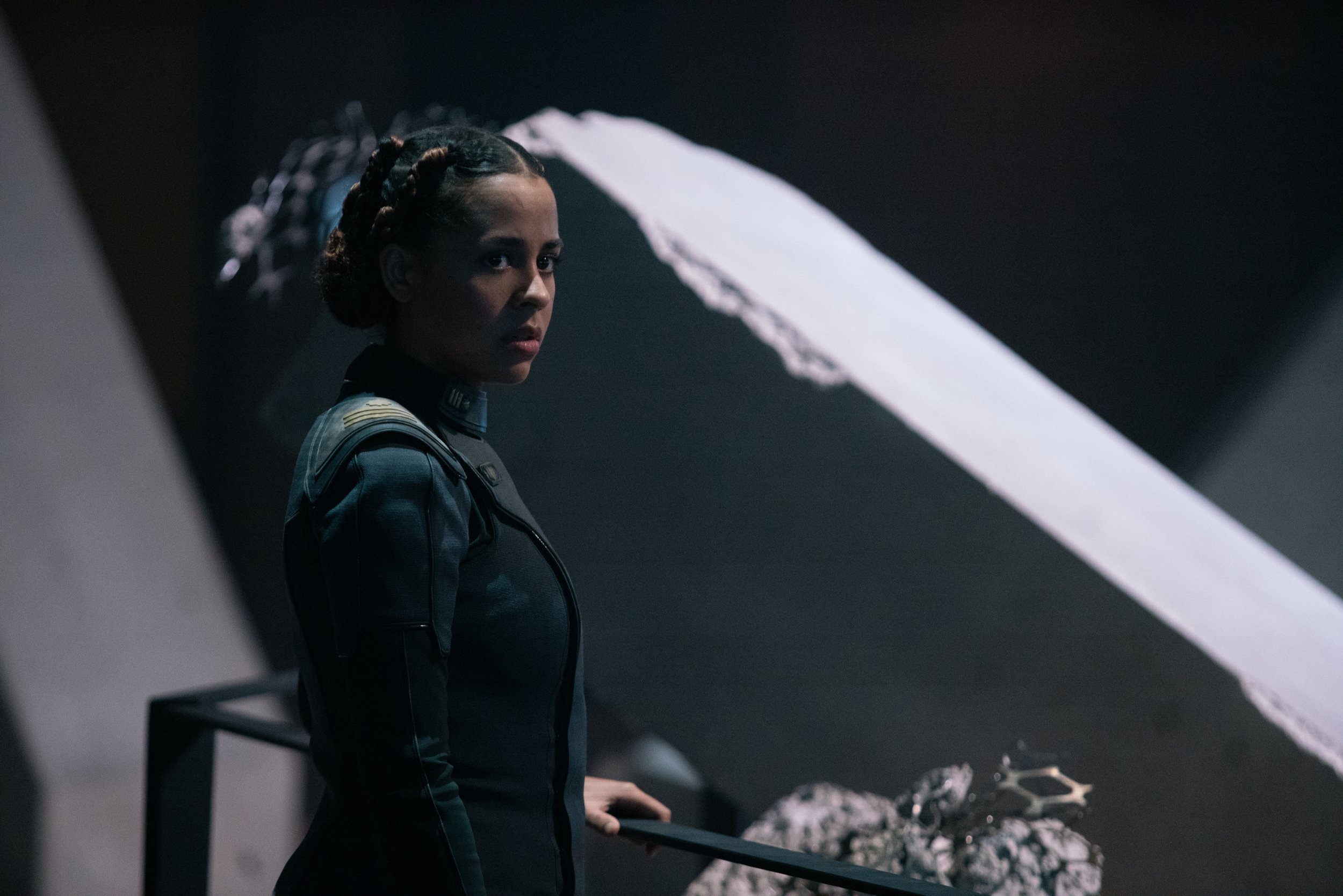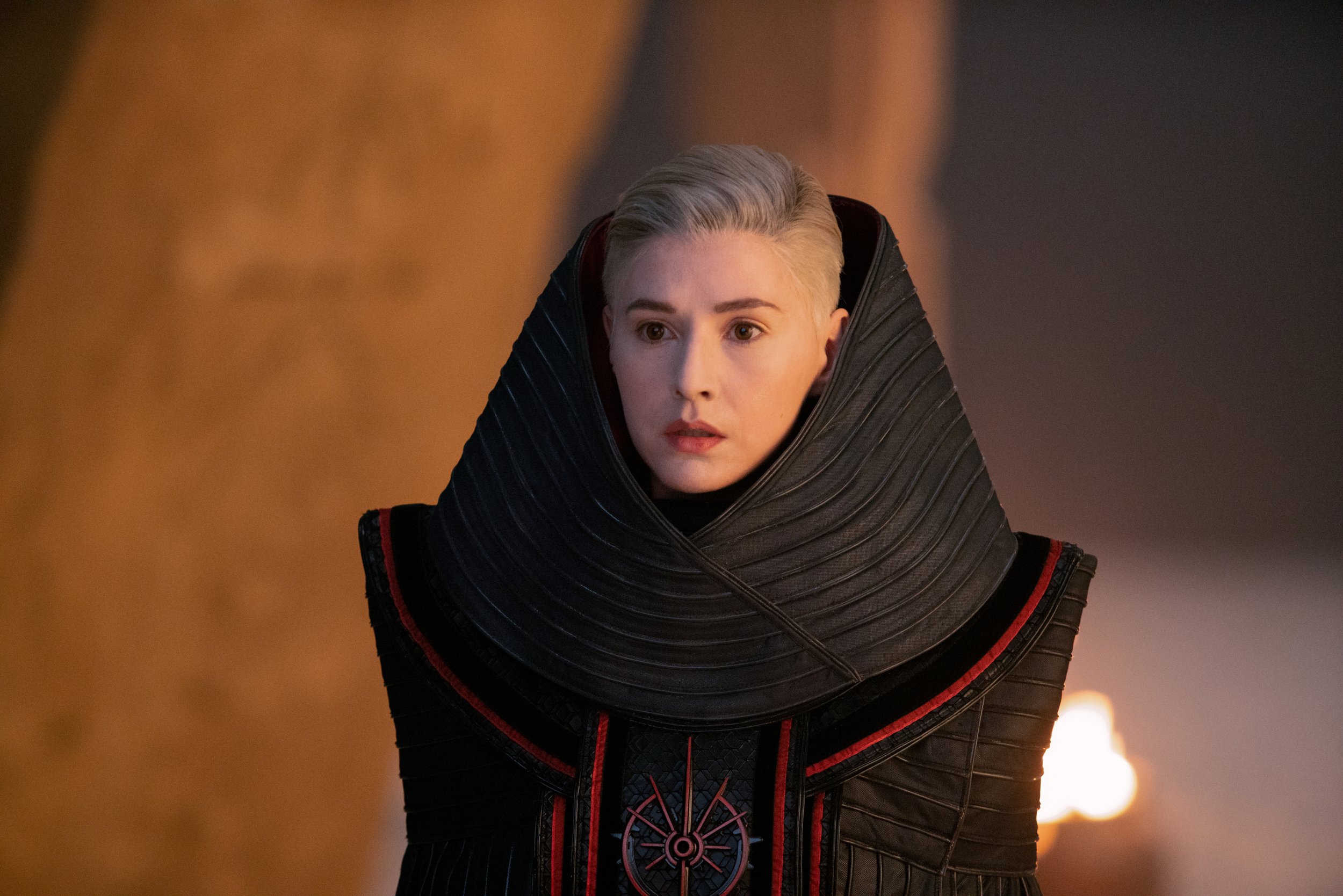Halo: The Series Episode 9 "Transcendence" Review - A Case of Too Little Too Late Plagues an Otherwise Fantastic Season Finale
If you haven’t read my coverage of Halo: The Series thus far, click here to read my critique of the series, plus all previous coverage.
After eight weeks, the first season of Halo: The Series has concluded. So, let’s reflect on the season as a whole. The first episode was different, trying to avoid comparisons to the video game franchise by largely dropping the galactic warfare to focus on the UNSC, new characters like Kwan Ha, and John’s humanity. Unfortunately, this led to a downward spiral in quality in the subsequent weeks, with scripts that buckled under the weight of the dozens of threads the show created to avoid blowing the CG budget before the show even got started. Suddenly, the writers realized this issue and remedied it, starting with episode five. Unfortunately, however, as quickly as the season fixed many of its problems, last week’s episode proved that the two-episode streak of great episodes was a complete fluke, as the series delivered its worst episode yet. Not only did it forget all the outstanding character work the series had done up to that point, but the writing also forgot to include logic, and essential information that I can assume was learned in between episodes.
So, how does the season finale fare? Strangely, much better! Not only do writers Steven Kane (who also serves as this season’s showrunner) and Kyle Killen remember the logic that a series focused on immense character work and intricate science-fiction stories requires, but they remember that this is a series based on the Halo universe.
However, as my review subtitle states, it feels like a case of too little, too late. There are legitimately great moments in the finale’s narrative, but there’s this constant undercurrent of feeling like these moments were in too short supply throughout the season. The closest comparison I can draw to this feeling is being offered your favorite candy bar (mine are Butterfingers) after only being offered Heath bars every time you ask for a candy bar. Now that you’ve had a taste of how good candy can be in comparison to how awful candy can be, you wonder why you hadn’t been offered the best candy bar after having so many awful ones.
Similarly, Jonathan Liebesman’s direction is much better than his work on episodes five, six, and eight. Not that those are horrendously directed, but there is a massive jump in quality in the finale. Parts of this episode feel ripped right out of the games. This is primarily due to work by colorists Szabó Máté & Jeff Vitkuske, who pull the earthly tones from Halo 3 (browns and oranges, specifically). In addition, the implementation of the one-shot camerawork from Halo Infinite by Karl Walter Lindenlaub & Ed Wild creates much more of a visual language to viewers that this is a Halo television show, not just another science fiction television show streaming on Paramount+.
The adaptation of the visual language also extends to Sean Callery’s score. Callery leans into the Halo 3 and Halo Infinite inspirations by incorporating more orchestral sections to his largely synth-driven score. Would I have preferred a more natural progression to his score throughout the season? Of course, but Callery could’ve easily not included any of the influences from the games. So, in my eyes, Callery’s score will be a treat to fans of the games.
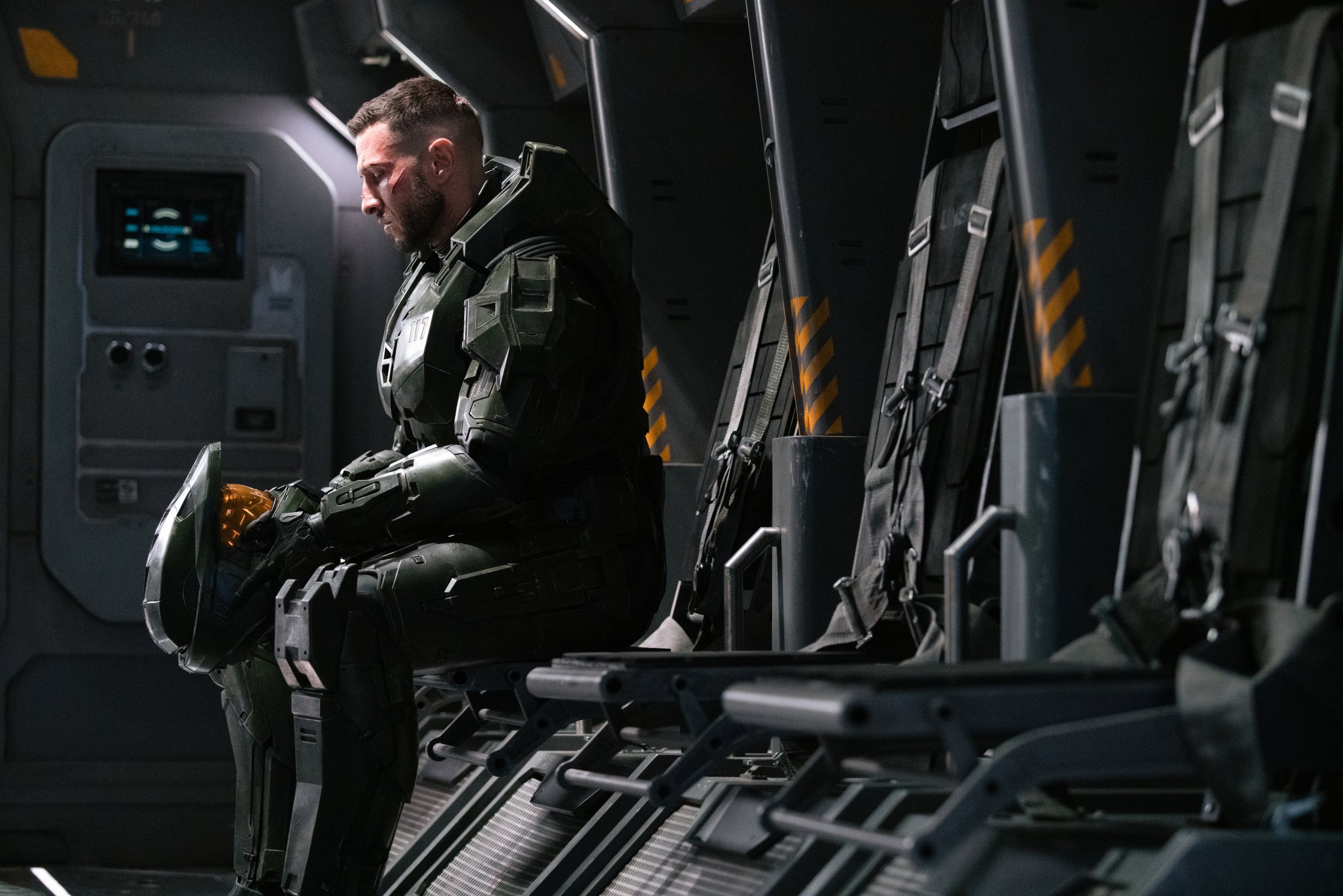
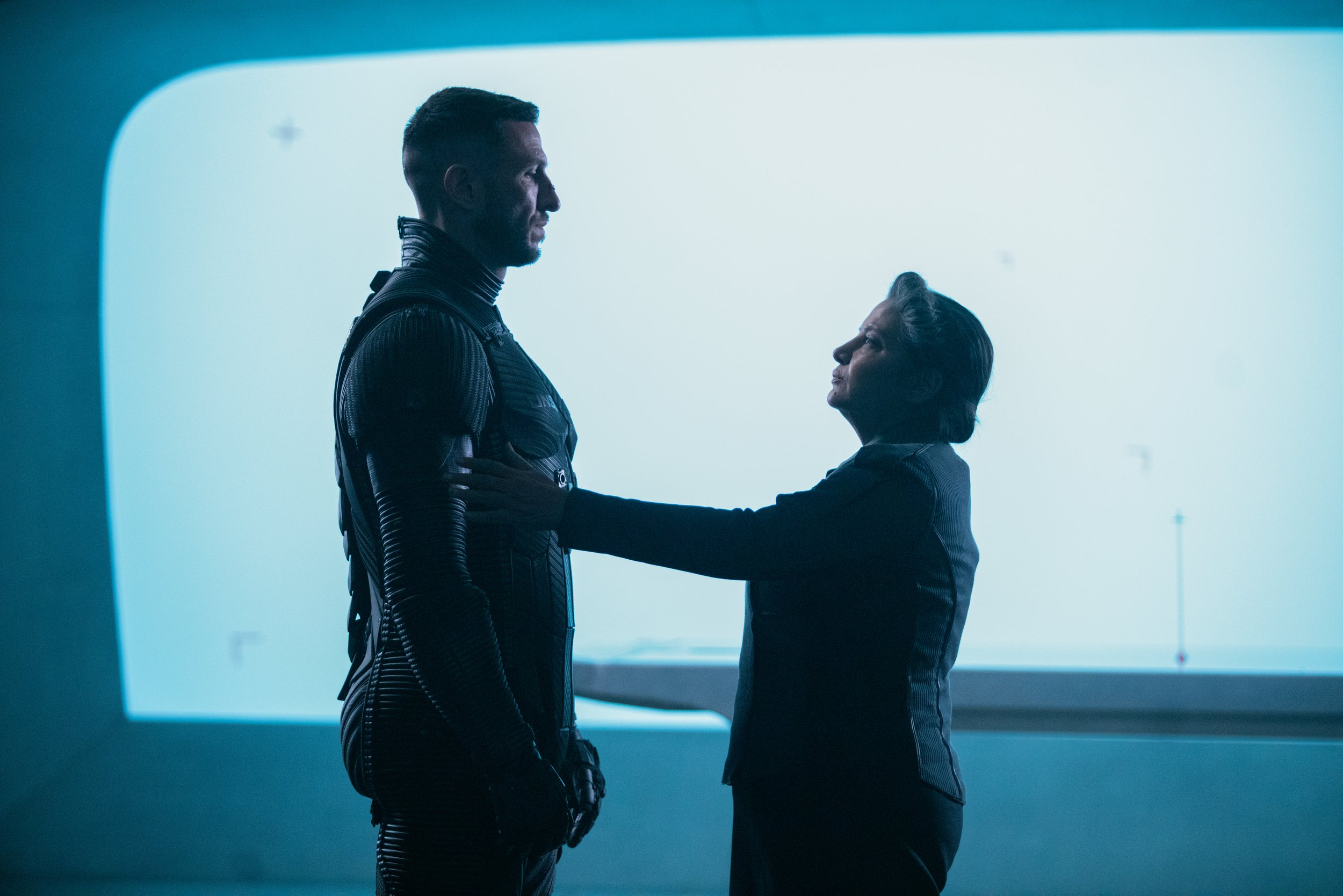
In that vein, Pablo Schreiber becomes the Master Chief I always wanted from the series. He has moments where he lets John’s humanity bubble to the surface, and moments where he has to push all his trauma down to become the Master Chief, the savior of humanity (or Demon, if you ask the Covenant). It’s this duality that makes Schreiber’s performance so enthralling. The most we get of John’s humanity in the games is in the most recent Halo game, Halo Infinite, and even then, we don’t get to experience what that means for John. Here we get to see it all. Here’s hoping Schreiber gets more screen time, or at the very least, more opportunities to showcase how intricate the duality between John and Chief is.
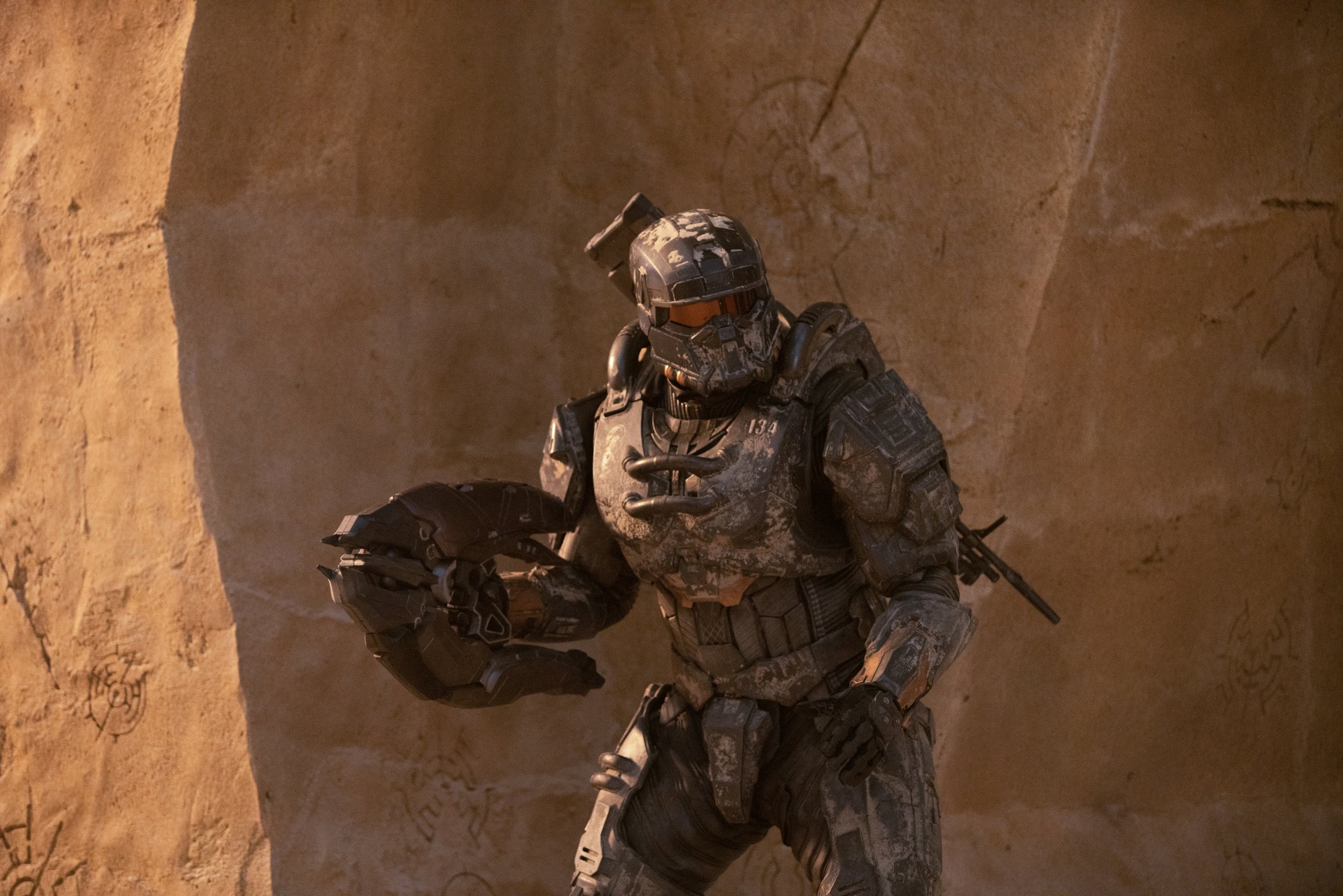
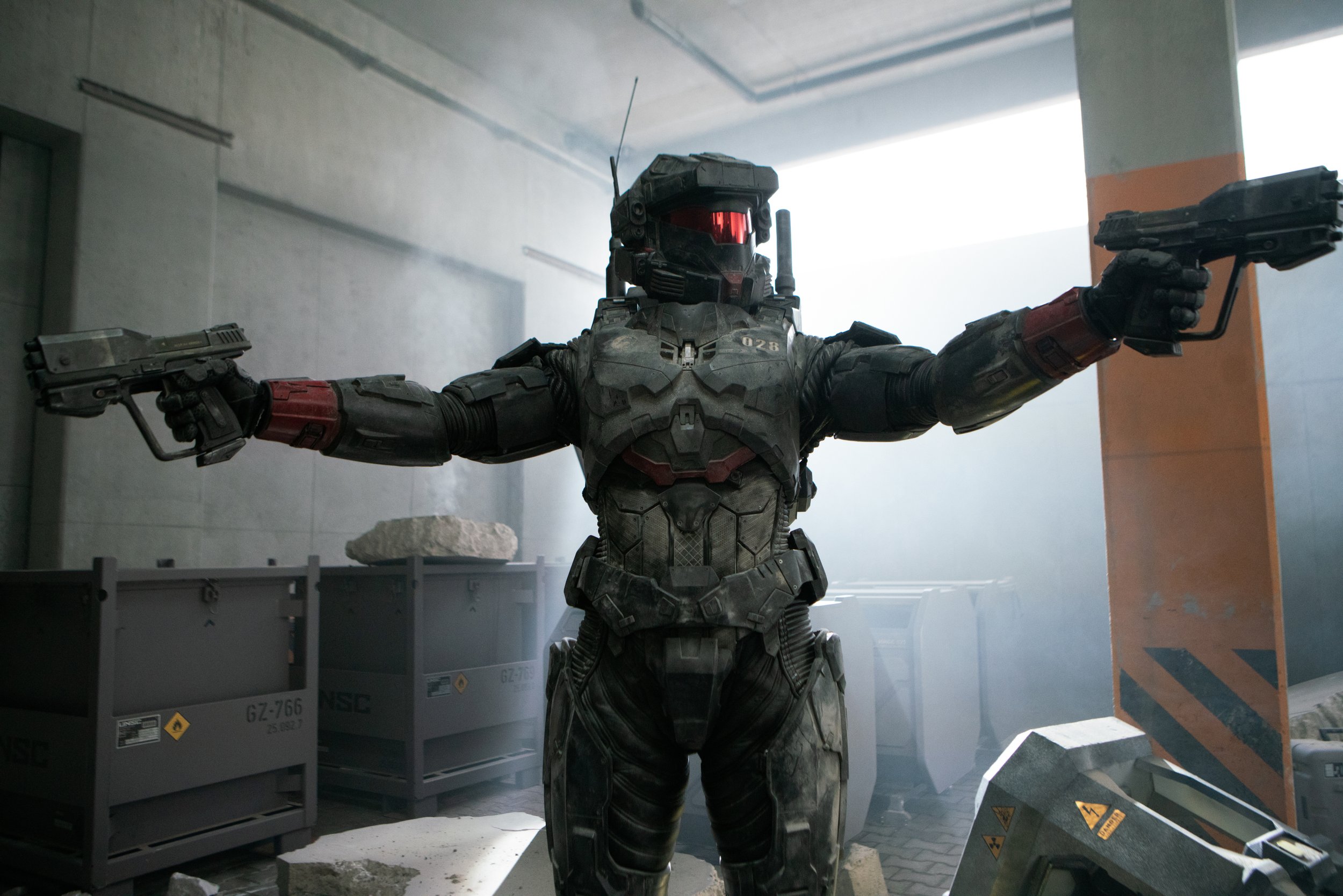
Just as intriguing are the performances by Natasha Culzac and Bentley Kalu as Riz and Vannak in this episode. Again trying not to spoil too much, their journey in the season finale is a tough one. Even more challenging is the task by Culzac and Kalu to do most of their most heartwrenching performances while the audience can’t see their faces. That’s all I’ll say for now, because I don’t want to spoil too much. As we head into season two next year, I hope Culzac and Kalu get more opportunities to showcase their immense talent.

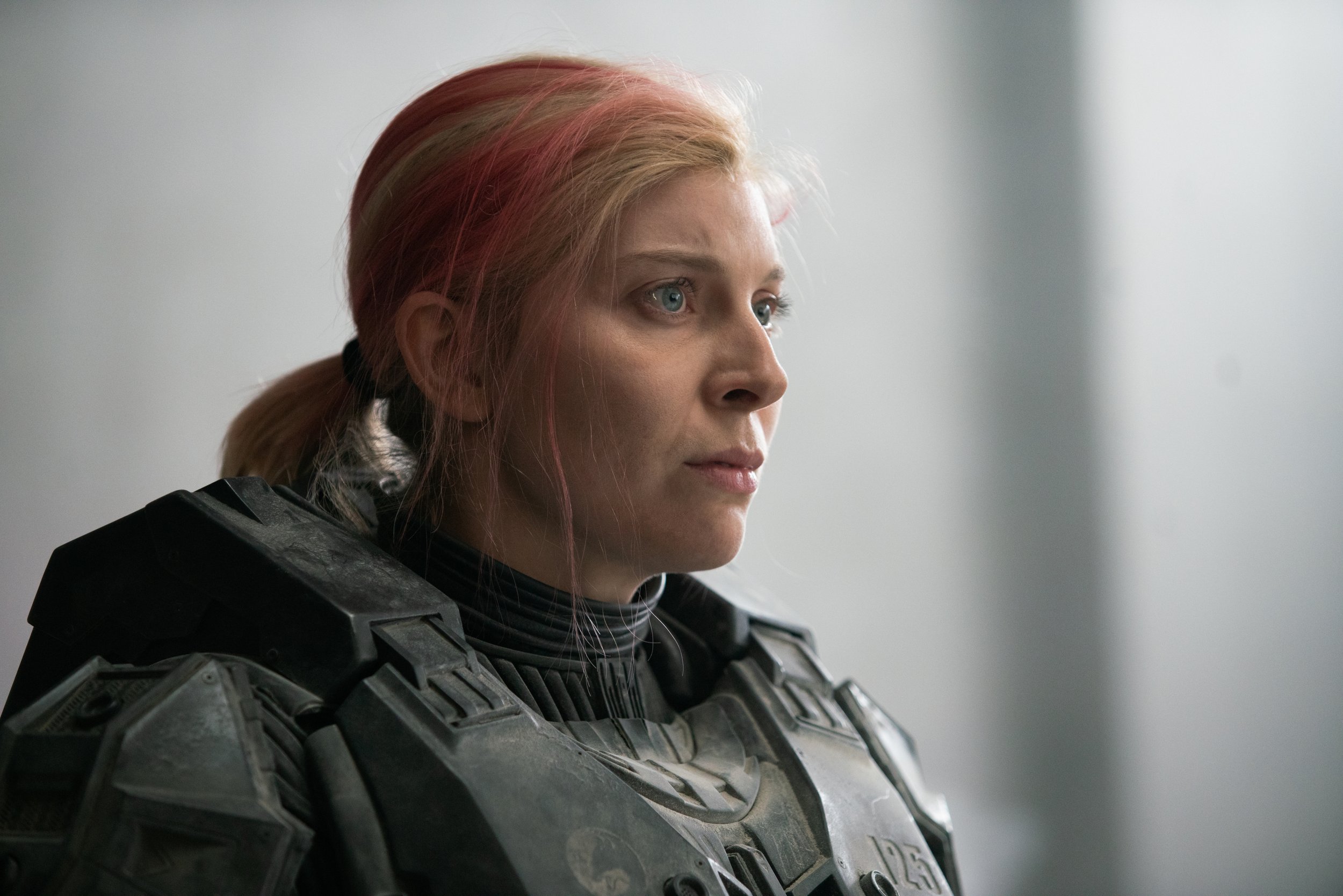
Kate Kennedy’s performance as Kai is an odd one. From all the viewers know about Kai’s journey, she’s running a parallel journey of self-discovery that John is on, but for some reason, her performance doesn’t work for me. Kennedy’s acting is an upgrade from previous episodes, to be sure, but I never felt as though Kai had earned certain moments in this episode or why she felt this way. As with all other Spartans on Silver Team, I hope Kennedy gets more screentime next season.
Another performance that doesn’t work for me is Natascha McElhone’s performance as Dr. Halsey. Maybe it’s because McElhone doesn’t get as many scenes as she should, given the narrative is focused mainly on finding the Halo, but it would’ve been nice to get more emotional moments from McElhone before the season wrapped. Specific to her performance, though, McElhone borders on melodrama at points in this episode. There’s no sense of Halsey’s trademark “I’m smarter than all of you” attitude in McElhone’s performance. Here’s hoping season two showrunner David Wiener works with McElhone to bring out more of that attitude into her performance.

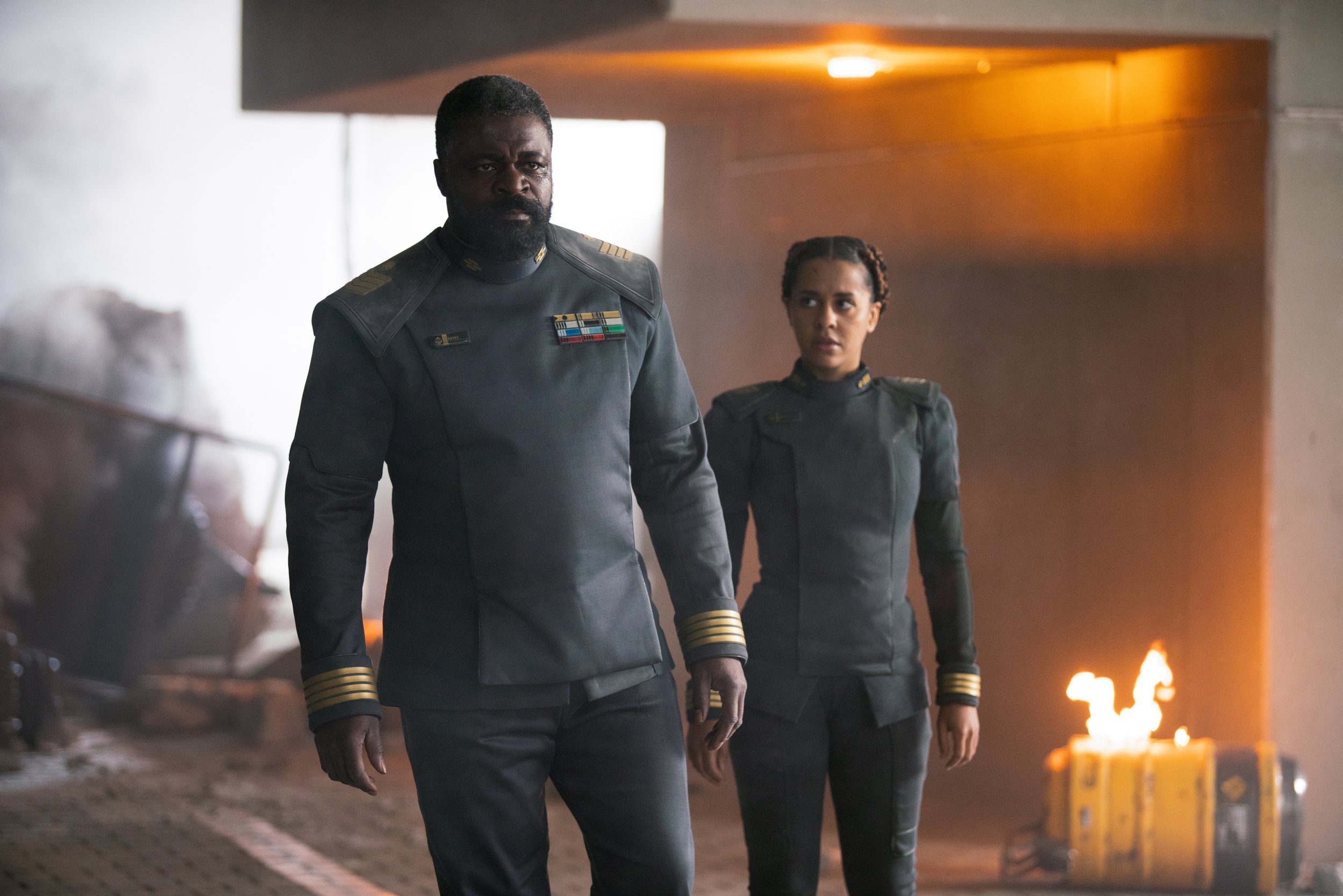
Danny Sapani & Olive Gray don’t get much screentime this episode, but they make the intended impact. Specific to Sapani’s performance as Captain Jacob Keyes, Sapani finally feels much more like Captain Keyes than the Sargeant Johnson fans wanted him to be. There’s much more camaraderie between Captain Keyes and John, and it manages to feel completely natural. My only wish is that there was more of a buildup of moments between the two to help build up the status of their relationship in the season finale.
As for Gray, the opposite is true. Gray’s acting feels like a teenager pouting and stomping to their room. It’s unnatural and annoying in the long run. I hope Grey gets more opportunities as Dr. Keyes to be something more than the person caught between her father and her mother.
On the separate end of the spectrum, Jen Taylor’s performance as Cortana is much more naturalistic in the finale. It feels odd to say this, but she finally feels like Cortana even though it’s the same actress as the games. She’s given dramatic moments, as well as the humorous back-and-forth fans know her for. My one hope for Taylor’s performance is that season two doesn’t ignore the progress she’s made as a character.
Charlie Murphy’s performance, I could take or leave. Makee wasn’t given enough time to grow into her character, and those problems are showcased in the finale. Murphy rarely gets speaking lines in the finale, and when she does, it’s maybe a line or two. I was hoping for Murphy to give the best performance of the episode, but it wasn’t meant to be.
As one can imagine, this finale is full of special effects. However, the work by the teams at Mr. X, Cinésite, Pixomondo, Base FX, ReDefine, Frame Distillery, Rodeo FX, Rocket Science, fusefx, MPC, FX TD, and Stereo D pulls too many influences from the Halo games, leading to shots that lack depth, the action scenes feel rubbery, and other effects shots that look either low quality or “video-gamey.” I wouldn’t mention this if it weren’t a big deal. I estimate that at least 80% of the episode’s 48-minute runtime feature effects shots, if not more, and maybe 10% of those shots would be something I would show to friends and family as an effects showcase. That 10% is a sequence where Silver Team is traveling through space, and the shots showcase the effects this is having on their Pelican. This 10% of effects work is as good as anything I saw in Interstellar, which has some of the best space-based effects shots I’ve seen. This is a close second; I wish the other 70% were as great as the other 10%.
While the season finale of Halo: The Series is far from perfect, it’s a great finale to an otherwise rollercoaster of a season.
★★★★
The entire first season of Halo: The Series is now available to stream on Paramount+.
Until next time!
Thanks to Thomas Stoneham-Judge from Movies For Reel, Shane Conto, Joseph Davis, David Walters, Ambula Bula, and Matthew Simpson for supporting Austin B Media on Patreon!


